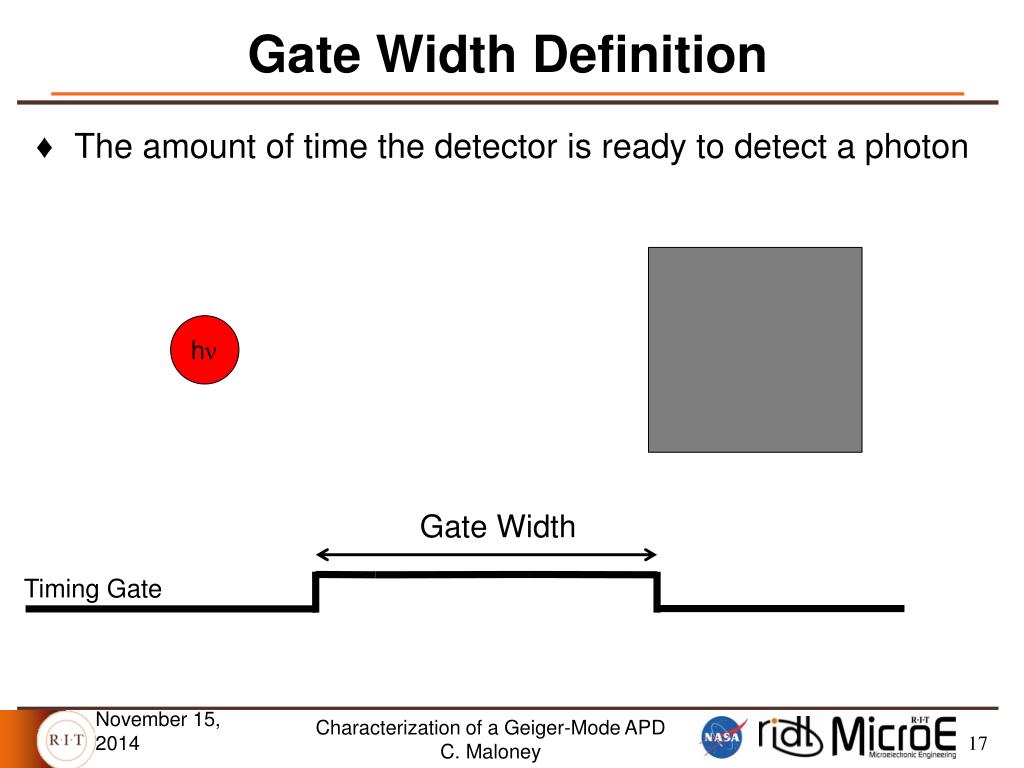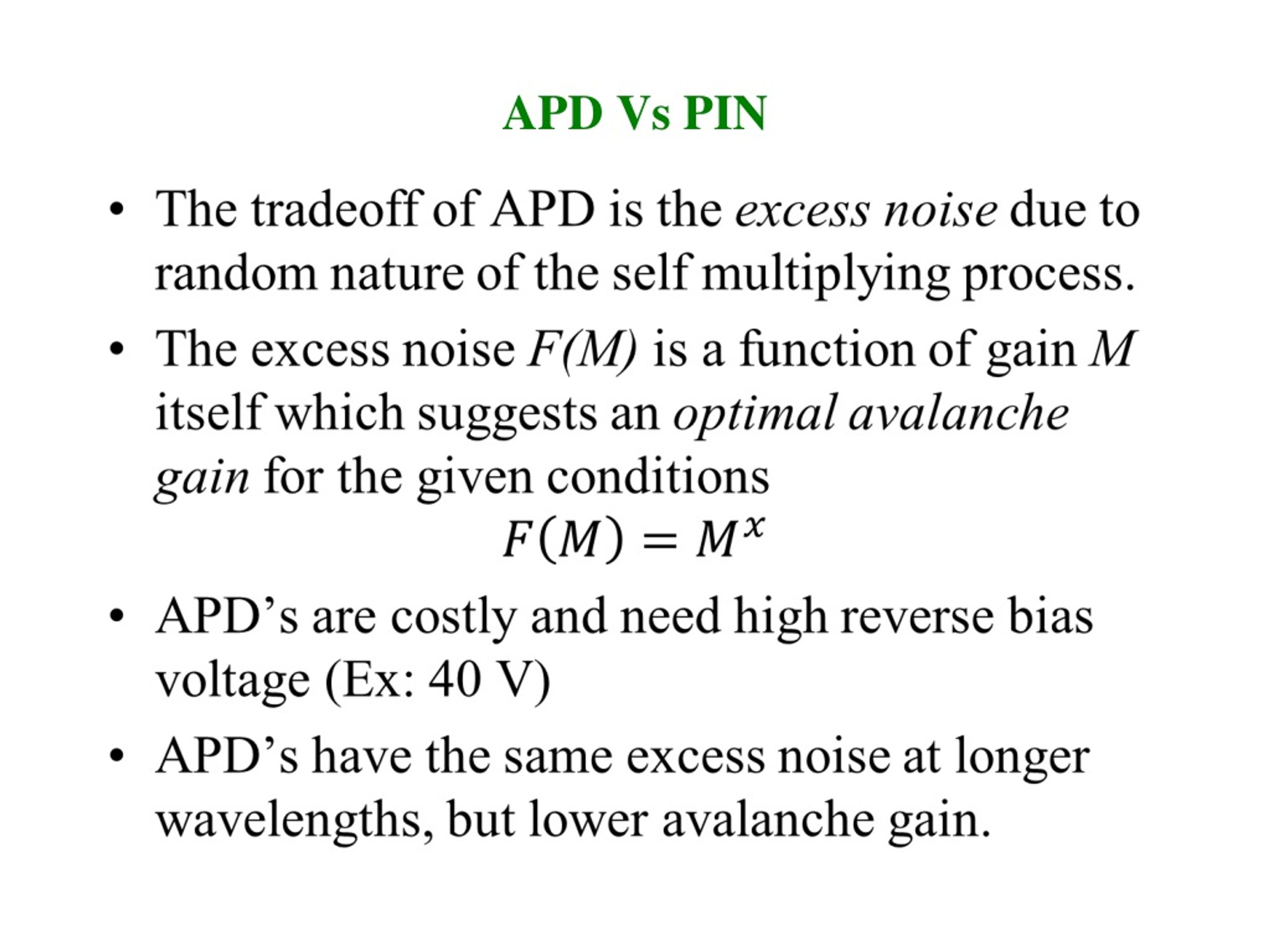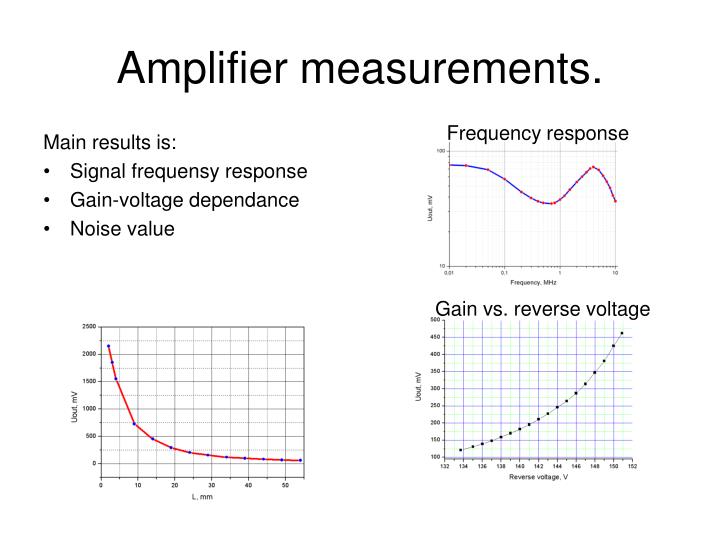
The electrons that are generated by photons in the base–collector junction are injected into the base, and this photodiode current is amplified by the transistor's current gain β (or h fe). Shive (more famous for his wave machine) at Bell Labs in 1948 : 205 but it was not announced until 1950. A common type of phototransistor, the bipolar phototransistor, is in essence a bipolar transistor encased in a transparent case so that light can reach the base–collector junction.

Ī phototransistor is a light-sensitive transistor. This allows each photo-generated carrier to be multiplied by avalanche breakdown, resulting in internal gain within the photodiode, which increases the effective responsivity of the device. With structure optimized for operating with high reverse bias, approaching the reverse breakdown voltage. The leakage current of a good PIN diode is so low (<1 nA) that the Johnson–Nyquist noise of the load resistance in a typical circuit often dominates. The reverse bias also creates dark current without much change in the photocurrent.Īlthough this mode is faster, the photoconductive mode can exhibit more electronic noise due to dark current or avalanche effects. This reduces the response time because the additional reverse bias increases the width of the depletion layer, which decreases the junction's capacitance and increases the region with an electric field that will cause electrons to be quickly collected. In photoconductive mode the diode is reverse biased, that is, with the cathode driven positive with respect to the anode. For optimum power output, the photovoltaic cell will be operated at a voltage that causes only a small forward current compared to the photocurrent. This mode exploits the photovoltaic effect, which is the basis for solar cells – a traditional solar cell is just a large area photodiode. If the circuit is shorted or the impedance is low, a forward current will consume all or some of the photocurrent. If the circuit is opened or has a load impedance, restricting the photocurrent out of the device, a voltage builds up in the direction that forward biases the diode, that is, anode positive with respect to cathode. In photovoltaic mode (zero bias), photocurrent flows into the anode through a short circuit to the cathode. The points of intersection with the curves represent the actual current and voltage for a given bias, resistance and illumination. The linear load lines represent the response of the external circuit: I=(Applied bias voltage-Diode voltage)/Total resistance. To first order, for a given spectral distribution, the photocurrent is linearly proportional to the irradiance. The total current through the photodiode is the sum of the dark current (current that is generated in the absence of light) and the photocurrent, so the dark current must be minimized to maximize the sensitivity of the device. Thus holes move toward the anode, and electrons toward the cathode, and a photocurrent is produced. If the absorption occurs in the junction's depletion region, or one diffusion length away from it, these carriers are swept from the junction by the built-in electric field of the depletion region. This mechanism is also known as the inner photoelectric effect. When a photon of sufficient energy strikes the diode, it creates an electron– hole pair.

4 Unwanted and wanted photodiode effectsĪ photodiode is a PIN structure or p–n junction.Photodiodes can be used to form an optocoupler, allowing transmission of signals between circuits without a direct metallic connection between them, allowing isolation from high voltage differences. A photodiode can be used as the receiver of data encoded on an infrared beam, as in household remote controls. Photodiodes are used in scientific and industrial instruments to measure light intensity, either for its own sake or as a measure of some other property (density of smoke, for example). A solar cell used to generate electric solar power is a large area photodiode. A photodiode is designed to operate in reverse bias. Photodiodes usually have a slower response time as their surface area increases.

Devices designed for use specially as a photodiode use a PIN junction rather than a p–n junction, to increase the speed of response. The package may include lenses or optical filters. The package of a photodiode allows light (or infrared or ultraviolet radiation, or X-rays) to reach the sensitive part of the device. It produces current when it absorbs photons. One Ge (top) and three Si (bottom) photodiodesĪ photodiode is a light-sensitive semiconductor diode.


 0 kommentar(er)
0 kommentar(er)
